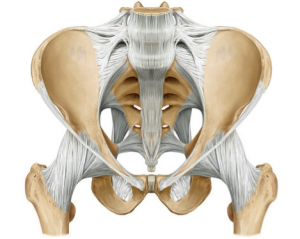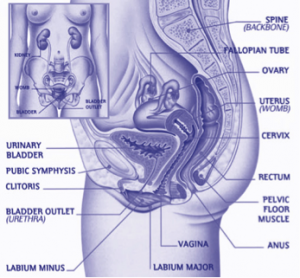28 May What Is Pubic Symphysis Pelvic Pain
What is pubic symphysis pelvic pain
What causes pelvic related girdle pain?
Pregnancy related pelvic girdle pain (PGP) was formally known as symphysis pubis dysfunction (SPD) is a common condition that affects about 50% to 70% of women during pregnancy. Women experience different symptoms and these are more severe in some women than others. This information is provided to give you advice, helpful tips and exercises to manage you pain effectively.
Symptoms of PGP are often felt over the pubic bone at the front, along your groin, below your lower tummy, I your hips and or across one or both sides of your lower back or buttocks. Some women experience pain in some of one of these areas.

You may have difficulty with:
- Walking
- Taking weight on 1 leg at a time e.g. climbing stairs, dressing, getting in & out of bath
- Parting your legs e.g. getting in and out of car
- With hip turning movements e.g. turning in bed
- Lying on your back or side
- With normal daily activities of life
- Increasing the fluid into legs and congestion of breast tissue.
What causes PGP?
It is usually a combination of factors not just 1 particular thing. We rely on strong ligaments and muscles to support and balance our hips and pelvis for stability. Ligaments around your pelvis can have increased laxity due to pregnancy hormones. This can lead to an increase of unbalanced movement happening in the pelvis. This extra movement in itself can cause pain.
As your baby grows your posture changes and a shift in your centre of gravity and this pull you forward causing you to increase low back curve. This leads to a change in the activity pattern of the muscles in your tummy, low back, pelvic girdle, pubic joint, hips and pelvic floor. With the increased weight of the baby pressing down on pelvic floor, this can increase the strain on the lower back, pubic bone, pelvis, hips, and pelvic floor muscles.

Because there is increased movement in the joints of the low back and pelvis, the muscle activity has changed and can cause misalignment of the pelvic joints and their relationship with the low back and pubic symphysis.
If you have a history of back pain your symptoms may worsen during pregnancy. Occasionally women experience pain due to the position of their baby. Another difficulty experienced by women is increased swelling into their legs. This is caused by extra hormones causing a widening of the blood vessels allowing more fluid to build up in honeycomb spaces in legs. This results in more fluid in legs which makes it more difficult tin movement during pregnancy.


